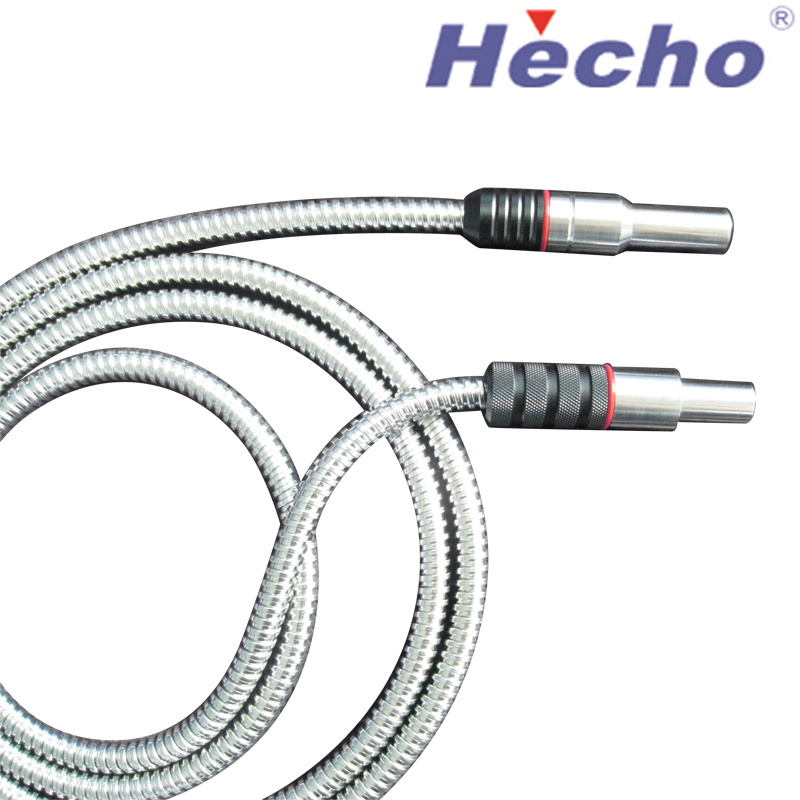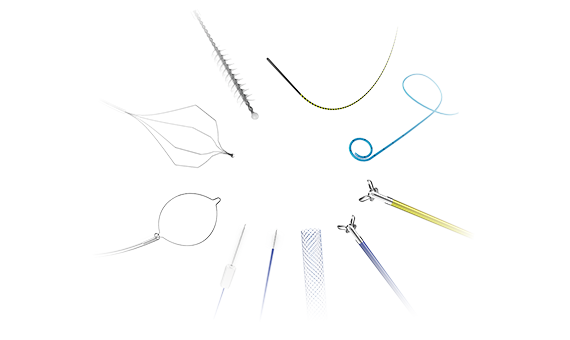Rigid Endoscope Accessories

Surgical instruments are used to guide and control the endoscope. Common instruments include cytology brushes, stone retrieval baskets, injection/aspiration needles, coagulating electrodes, and biopsy forceps. The instruments should not be larger than the endoscope channel. The instruments should be held in the left hand; the left index finger controls the insufflation/irrigation valve and the middle finger controls the suction valve.
Reusable
Reusable rigid endoscope accessories may be needed for a variety of reasons, from assisting in surgery to reducing the risk of infection. These accessories can enhance the functionality of the endoscope system and provide increased diagnostic and therapeutic capabilities. They may include various sheaths and instruments as well as pumps for irrigation and suction. They may also include image management systems to record and store images.
Reprocessing is a time-based process that requires both materials and labor. The amount of time required to process an endoscope was determined by a recent analysis. The cost varies depending on the materials and labor needed. A recent study found that the amount of time required for reprocessing varies by endoscope manufacturer.
Reusable rigid endoscope accessories should be inspected thoroughly before use. They should be free of cracks and broken edges. Their image clarity should be clear. If an image is discolored or hazy, there could be a problem with the endoscope, including the lens. This can occur because the instrument has been improperly cleaned or contains an excessive amount of disinfectant. In addition, if the lens is cracked or broken, it may also be a sign of internal moisture or external damage.
Using reusable equipment is cost-effective compared to purchasing disposable equipment. In addition to saving money, it helps to reduce the cost of medical waste. This is particularly important if the procedure requires the use of disposable equipment. However, further research is necessary to prove the value of reusable equipment compared to the value of disposable equipment.
Ensure that reprocessing procedures follow regulatory requirements. The FDA requires manufacturers to include reprocessing instructions and validation data in their 510(k) submissions. If the reprocessing instructions are not complete, the device will not be accepted by the agency. The FDA also requires that the manufacturer provide validation data for cleaning, disinfection, and sterilization.
Cost
The cost of rigid endoscope accessories can vary significantly. The cost of the rigid endoscope itself is usually affordable. In China, the equipment can be purchased at a factory price. However, if you need more advanced equipment, it might be necessary Rigid Endoscope Accessories to purchase expensive accessories for it. The cost of rigid endoscope accessories can vary depending on the brand and quality. To reduce the cost, you can consider buying from a reliable manufacturer.
Flexible endoscopes, which are also known as fiberscopes, have a flexible outer sheath that helps transmit an image to the eyepiece. They are useful for accessing sharply angled objects. Despite their flexibility, fiberscopes are extremely sturdy. Their outer layers are made of either plastic or tungsten braiding. They have a diameter of 2.5 to 3.8 mm and offer a wide field of view.
Lighting is important for image quality. A high-quality light source provides uniform illumination for a clear image. High-power LED light sources are available for flexible and rigid endoscopy. They can easily replace conventional light sources and offer superior illumination. LED lights can also be used for the illumination of highly reflective surfaces.
The increasing cost of endoscopy services has expanded the scope of the industry. Increasing use of endoscopy in the United States and elsewhere has led to an increased need for expensive and sophisticated accessories. In the United States, 17.7 million endoscopic procedures are performed each year. Moreover, the technology continues to improve, resulting in more complex endoscopic accessories. In Thailand, the cost of an endoscope is $ 43,000 to $ 84,000, excluding light sources and video processor. The cost of these instruments is significant from a financial and medical perspective.
Safety
Rigid endoscopes are commonly used in healthcare, but the lack of quality control can lead to issues with their performance and safety. When used improperly, these devices can result in significant service costs and infection risks. To prevent these issues, healthcare facilities should adopt a policy that addresses the care and maintenance of their endoscopes.
Rigid endoscopes need to function at their peak performance for minimally invasive surgical procedures. However, improper care and maintenance can compromise the performance of the surgical case and result in unnecessary service and replacement costs. The best practices involve proper maintenance and repair of the endoscope’s components.
The first step is to clean the instruments before storing them. This prevents the buildup of bioburden and biofilm. A low-linting cloth or sponge soaked in a cleaning solution is recommended for this purpose. The cloth or sponge should be discarded after use and should not be reused. A visual inspection is also recommended to identify any potential damage.
Reprocessing should be done by qualified personnel. All reusable endoscope accessories should undergo standard reprocessing. All equipment and personnel involved in reprocessing should have proper PPE and certification. In addition, the reprocessing room must be equipped with N95 respirators and should be sterile.
When using a rigid endoscope, the physician should always use an insufflator. This allows for better control of the flow of fluid during the procedure and minimizes the risk of air embolism. It is also important to remember that irrigation is done by gravity. The bag of fluid is usually suspended over the patient. Another important safety consideration with rigid endoscopes is the valves. Single-use valves allow the doctor to minimize the risk of infection transmission and offer the same feel as re-usable valves.
To prevent leaks, the endoscope must be properly cleaned after use. The cleaning solution should be mixed and used according to the instructions of the manufacturer. After use, the instruments should be dried thoroughly. The endoscopes should be disinfected with distilled water. A leak tester should also be attached to the scope.
Techniques
Before using the scope, it’s a good idea to thoroughly check it and ensure that all parts are functioning properly. The first step in this process is to thoroughly clean the endoscope’s eyepiece and objective lens. Make sure that the lenses are not scratched or cracked. Similarly, the distal part of the endoscope should be clean and free of abrasions and burn marks. You can easily check these components by holding them up to an overhead light and looking closely. If the images appear discolored or hazy, these can be caused by internal moisture and damage to the lens.
Another important technique is to properly align the endoscope with the target. The optical axis of the endoscope should be parallel to the Rigid Endoscope Accessories center of the target, and the translation axis should also be parallel. This is much easier to do with a rigid endoscope than a flexible one. A distortion measurement can also be used to determine whether the endoscope is aligned properly.
Another step in the reprocessing process involves reprocessing the endoscope. Ineffective reprocessing can cause considerable damage to the endoscope, and ineffective leak testing can introduce microbiological contamination, which is not removable by reprocessing. That’s why it’s essential for healthcare professionals to be familiar with the reprocessing process for endoscopes and their accessories. Moreover, it’s important to regularly check endoscopes to make sure that they don’t have any damaged or worn components. Otherwise, these can become reservoirs for microbial growth and compromise the endoscope’s performance during the procedure.
Surgical instruments are also necessary for any endoscope procedure. Some of the more common instruments include biopsy forceps, foreign body retrieval forceps, stone retrieval baskets, and injection/aspiration needles. These instruments are designed to provide maximum comfort and safety to the user during the procedure.
Moreover, you’ll also need to properly clean the suction channel for the scope. To clean the suction channel, you can insert a brush into the light guide plug of the endoscope. The brush should then exit from the endoscope at the place where the suction button attaches. You can also use a flushing adaptor, which comes with the endoscope at the time of purchase. The adaptor will have a syringe port and will also attach to the suction channel.



